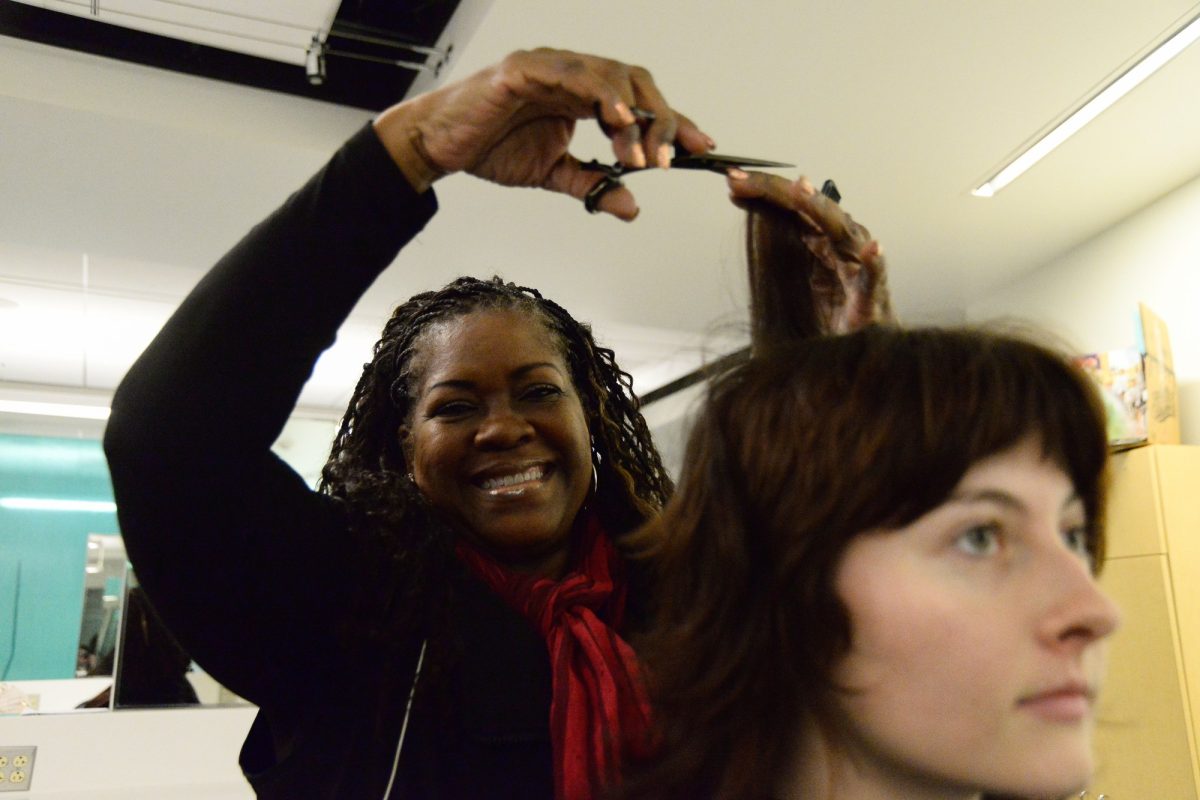According to a recent survey of 100 students conducted by EC Union staffers, 87 percent of students said they knew the difference between HIV and AIDS. However, when they answered what the difference was, a majority of the students only had a vague idea of it but not the complete picture.
“HIV comes before AIDS,” was the common answer among the 100 students who took the survey. Although HIV does come before AIDS, most of the survey takers failed to mention that the outcome does not always turn into AIDS.
Many students also thought that the most susceptible people to transmission were either transgendered (33 percent) or homosexuals (37 percent), which is not true.
“I think a lot of people come to the idea that transgenders are most susceptible mainly because they are able to have sexual intercourse with both genders,” Chris Pham, political science major, said.
According to the survey, 38 percent of the students believed that African Americans were more likely to get the virus compared to only 7 percent who thought Caucasians were more vulnerable. The students’ opinion ihas been proven as fact, as 64 percent of females and 41 percent of males diagnosed were African American. Besides. common stereotypes about who is more likely to get the HIV virus, the majority of students were aware of how to protect themselves from becoming infected. According to the survey, 29 percent of sexually active students always use protection and 32 percent choose to remain abstinent.
“If the cause of AIDS was mostly based on sexual intercourse, therefore always using protection is the best way to not become infected. Abstaining is a good way to not catch it either, but you can only stay abstinent up to a certain point in life,” Pham said.
Of the 68 percent of students surveyed who are engaging in sexual activity, protected or unprotected, many of them are not reluctant to get tested in order to be sure they have not caught anything.
According to the survey, 41 percent of students have been tested for AIDS and 64 percent have also been tested for other sexually transmitted diseases.
“It’s great that some people are not afraid to get tested because they need to know whether or not they have a virus so they don’t spread it along to other people. But in my opinion, everyone should because it’s not intrusive in any way,” Pham said.
Between 10 to 18 percent of all surveyed had no opinion as to what gender, sexuality, or race was most likely to contract HIV/AIDS, while 11 to 16 percent thought all demographics were equally likely to contract HIV/AIDS.
Survey results show that for those who did answer, individuals who were transgender, homosexual, or African American were thought to be more likely to contract HIV/AIDS.
Only eight percent of students surveyed knew someone who hat contracted HIV/AIDS, and they all reported no noticible change in how they interacted with them.
“I’m not going to catch it from talking to them or anything, so why should I change the way I treat them?” an 18-year-old female English literature major said.
October is National HIV/AIDS month, designed to remember all those who have contracted HIV/AIDS who are fighting to survive, as well as those who have died from the disease. As of February, more than 1 million Americans have contracted the HIV/AIDS virus, according to the CDC’s annual HIV/AIDS Surveillance Report.
Categories:
Survey shows our generation out of the loop on AIDS
By Jennifer Hua
•
October 22, 2009
More to Discover



![Universal Pictures "Wicked," directed by Jon M. Chu, will be playing in theaters worldwide on Nov. 22. (Elliott Bullock II [The Union])](https://eccunion.com/wp-content/uploads/2024/11/wicked-poster-from-elliott-bullock-ii-1200x540.jpg)




